
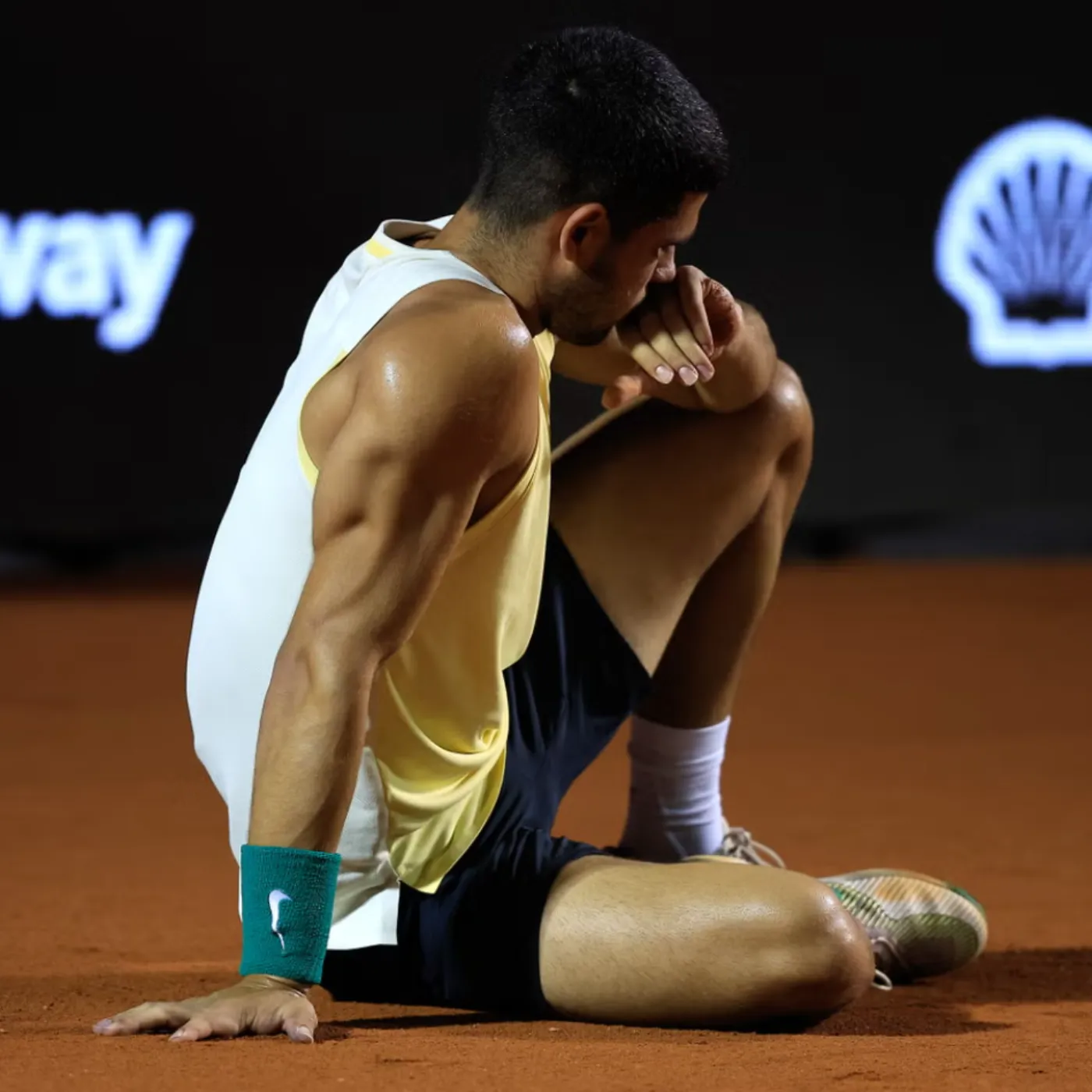
“If Carlos Alcaraz keeps this up,…tennis will have to pay the price.” Laura Robson Makes a 3-Sentence Statement That Devastates Carlos Alcaraz
A New Tennis Order and a Growing Sense of Unease
For two consecutive seasons, Alcaraz and Sinner have split all four Grand Slams, a feat not even the Big Three managed at the same stage of their careers. Alcaraz captured Roland Garros and the US Open, while Sinner took command elsewhere. Their ability to rise above the rest of the field has injected excitement into the sport, but it has also raised troubling questions. Robson argues that tennis thrives on variety, unpredictability and a wide pool of contenders. When two players tower above the rest, the dynamic can shift from exhilarating to restrictive.
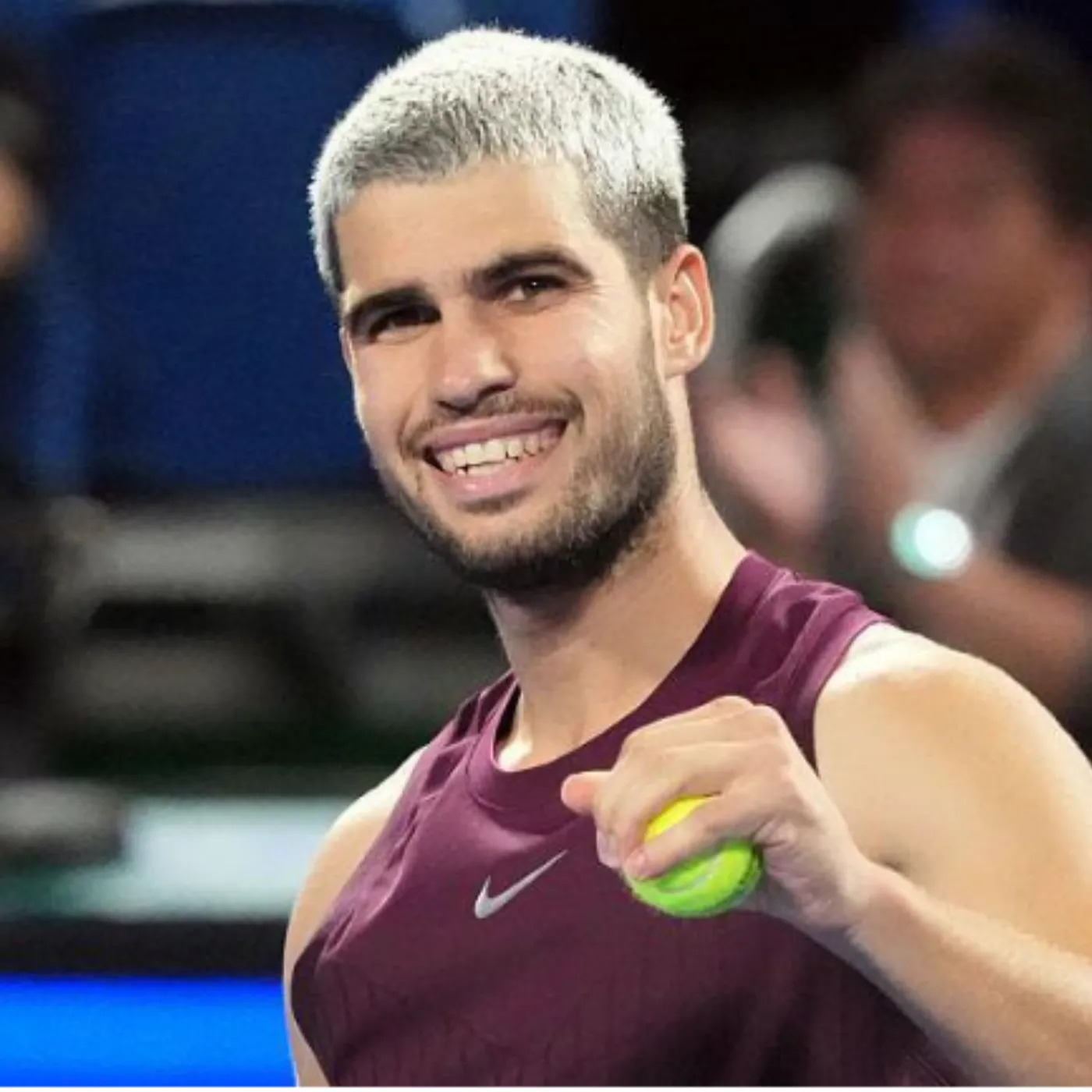
Her words are calculated, but the undertone carries drama. She describes the situation as a “two-horse race,” and warns that such dominance can “get a little stale at some point.” Those words hit harder than expected, sparking debates among analysts, players and fans.
The tennis world remembers all too well how some critics once worried that watching Federer, Nadal and Djokovic win everything was predictable. Yet the Big Three era turned into one of the most beloved periods in sports history. Robson acknowledges this, but says the current scenario is different because the gap between Alcaraz, Sinner and the field is widening faster than the sport can adapt.
Why Robson Thinks Alcaraz Is Impacting Tennis Too Much
The most dramatic element of Robson’s statement lies in her claim that Alcaraz is impacting tennis too much. This is not a critique of his talent. In fact, she praises him extensively. But she suggests that his athleticism, creativity and breakneck evolution are pushing the sport into a direction that some players simply cannot follow.
According to her, the issue is not only that Alcaraz is winning. It’s that he is changing the blueprint for success at a speed that rivals struggle to match. His explosive movement, early-ball aggression, unmatched hand skills and unpredictable point construction create a style that is nearly impossible to replicate. Players who once believed they could compete at the top now face a new reality. The bar has risen to a level that could take an entire generation years to reach.
Robson’s tone is not accusatory, but it is undeniably cautionary. She sees the danger in a sport becoming too dependent on one phenomenon. And while Sinner keeps the rivalry alive, her concerns center on the ripple effect across rankings, coaching strategies and the visibility of other players who might otherwise be contenders.
This is where her words spark controversy. Some argue she is exaggerating. Others say she is the first to articulate a growing fear.
The Shadow of the Big Three and the Pressure of Comparison
Robson openly acknowledges that early worries about the post-Big Three era were widespread. Fans wondered whether tennis could ever recreate the drama, elegance and narrative depth of those legendary battles. But she believes Alcaraz and Sinner have surprisingly filled that void far faster than anyone anticipated. They bring contrasting personalities, contrasting styles and contrasting mentalities. They challenge each other in ways that elevate the sport.
Yet Robson also suggests that the nostalgic comparisons to Federer, Nadal and Djokovic are creating unfair pressure on everyone else. Players ranked outside the top two are now expected to climb a vertical mountain just to stay relevant. She insists the ATP Tour requires diversity and competitiveness to remain healthy. A rivalry that is too exclusive might end up isolating fans who crave a broader storyline.
The drama here is subtle but potent. By raising the alarm, Robson is hinting at something few have dared say: the Alcaraz-Sinner era might be thrilling, but it could also become oppressive.
Inside the Alcaraz–Sinner Rivalry and Why It Feels Unstoppable
The rivalry itself is the centerpiece of modern tennis. Alcaraz embodies spontaneity, chaos, creativity and audacity. Sinner represents precision, discipline, logic and methodical brilliance. Their personalities are just as opposite: Alcaraz is warm, expressive and infectious; Sinner is calm, reserved and self-contained.
Robson describes their dynamic as something “that brings out the best in each other.” Every match is electric because neither player allows the other to stay comfortable. They force evolution on each other at a speed rarely seen in tennis history. That kind of pressure usually takes years to build. For them, it emerges in every encounter.
But this is exactly what alarms Robson. She sees two stars accelerating so quickly that the rest of the tour has begun to orbit around them instead of competing with them. In her eyes, tennis risks becoming predictable, not because these players lack excitement, but because everyone else seems excluded from the biggest stages.
Is the Rest of the Field Falling Behind Too Fast?
Robson’s concern is rooted in what she sees as a widening canyon. Several talented players have shown flashes of brilliance: Holger Rune with his fiery competitiveness, Alexander Zverev with his power, Stefanos Tsitsipas with his shot-making and Daniil Medvedev with his unique strategic mind. But none have consistently challenged the Alcaraz-Sinner monopoly at majors.
She believes this emerging pattern could damage the sport’s narrative. Competitiveness is the engine of tennis drama. When the same two names keep lifting trophies, the heat of the story can cool. She argues that while the Big Three were dominant, there were still meaningful challengers pushing them: Murray, Wawrinka, Del Potro, Berdych, Ferrer. The dynamic felt broader.
In contrast, she fears the current landscape might become too narrow too soon.
The Drama Behind Her Comments: Admiration or a Warning Shot?
Some analysts believe Robson’s remarks are a subtle push to the ATP Tour, urging it to ensure a healthier competitive environment. Others interpret her words as a direct challenge to the rest of the field, almost accusing them of not elevating fast enough.
But a few critics have taken a more dramatic interpretation. They claim Robson may be unintentionally fueling tension between the camps of Alcaraz and Sinner. Her comments could be seen as placing responsibility on the rivalry for distorting the balance of the sport. Though this may not have been her intent, the reactions online prove that her message has ignited deeper debate.
Robson is respected for her honesty, which makes the reaction even stronger. She rarely stirs controversy, so when she speaks with such intensity, people take notice.
Carlos Alcaraz’s Influence Beyond the Court
Robson’s idea that Alcaraz is “impacting tennis too much” also refers to his cultural and psychological influence. The young Spaniard has become a global phenomenon, drawing attention from audiences that usually drift between sports. His magnetism, humility and highlight-reel shot-making have made him a star beyond traditional tennis circles.
This type of meteoric rise alters sponsorship patterns, media narratives and the psychological state of his competitors. Some players admit they have adjusted their strategies specifically to counter Alcaraz, even if they rarely face him. Others feel overshadowed when tournaments market him as the tournament’s biggest draw before the event even begins.
Robson argues that when one player becomes the gravitational center of the sport this early, the equilibrium can shake.
Can the ATP Tour Handle Another Era of Domination?
The ATP has always adapted. The Big Three era created unprecedented popularity, but the current scenario is more volatile. Alcaraz is young enough to dominate for over a decade. Sinner is equally gifted, equally relentless and equally determined. If their rivalry remains exclusive, tennis could face a long stretch of predictability.
But this predictability is unique. Instead of the familiar faces fans grew attached to for twenty years, this would be a new era with less nostalgia and less emotional investment from casual viewers. That is where Robson’s warning becomes most serious. She believes tennis cannot afford for fans to tune out because the storylines feel too narrow.
What Could Break the Two-Player Stronghold?
Robson hopes more players rise to the occasion. She insists the solution is not to limit Alcaraz or Sinner but to elevate everyone else. She calls for a broader competitive landscape, where a group of challengers regularly breaks into semifinals and finals, preventing the sport from feeling repetitive.
Whether this happens soon remains uncertain. Some believe the next wave of young players will break through within a few years. Others argue the Alcaraz-Sinner rivalry has already reached a level that may be unreachable for most of the current generation.
The Public Reaction and the Growing Controversy
Fans are divided. Some fully agree with Robson, insisting the ATP Tour is slowly becoming a two-man show. Others accuse her of overreacting and argue that such dominance is exactly what the sport needs to build its next legendary chapter.
The most heated reactions come from supporters of Alcaraz, who view Robson’s comments as unnecessarily dramatic or even unfair to a player who has done nothing but elevate the sport. Meanwhile, Sinner fans believe this pressure may actually work in their favor, painting their champion as the calm, balanced antidote to Alcaraz’s explosive style.
Regardless of interpretation, one fact is clear: Robson’s warning has become one of the most debated topics in tennis this season.
A Warning, a Compliment and a Challenge

Laura Robson’s red alert about Carlos Alcaraz is not an attack. It is a combination of admiration, caution and a challenge directed at the tennis world. She sees the brilliance of Alcaraz and Sinner as a gift, but also recognizes the risk of imbalance. Her message is not that Alcaraz should slow down, but that the rest of the sport must speed up.
Alcaraz’s rise is thrilling, complex and sometimes overwhelming. His impact is undeniable, and according to Robson, possibly too strong for the sport’s long-term stability.
Whether her warning becomes prophetic or proves unnecessary will depend on whether new challengers rise, whether the rivalry expands and whether tennis can channel this intense energy into a richer, more competitive future.
For now, the world watches as Carlos Alcaraz continues to reshape tennis, and as Laura Robson’s dramatic warning echoes across the tour: what he is doing is extraordinary, but it may also be changing everything too fast.



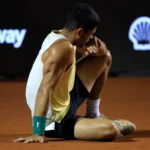




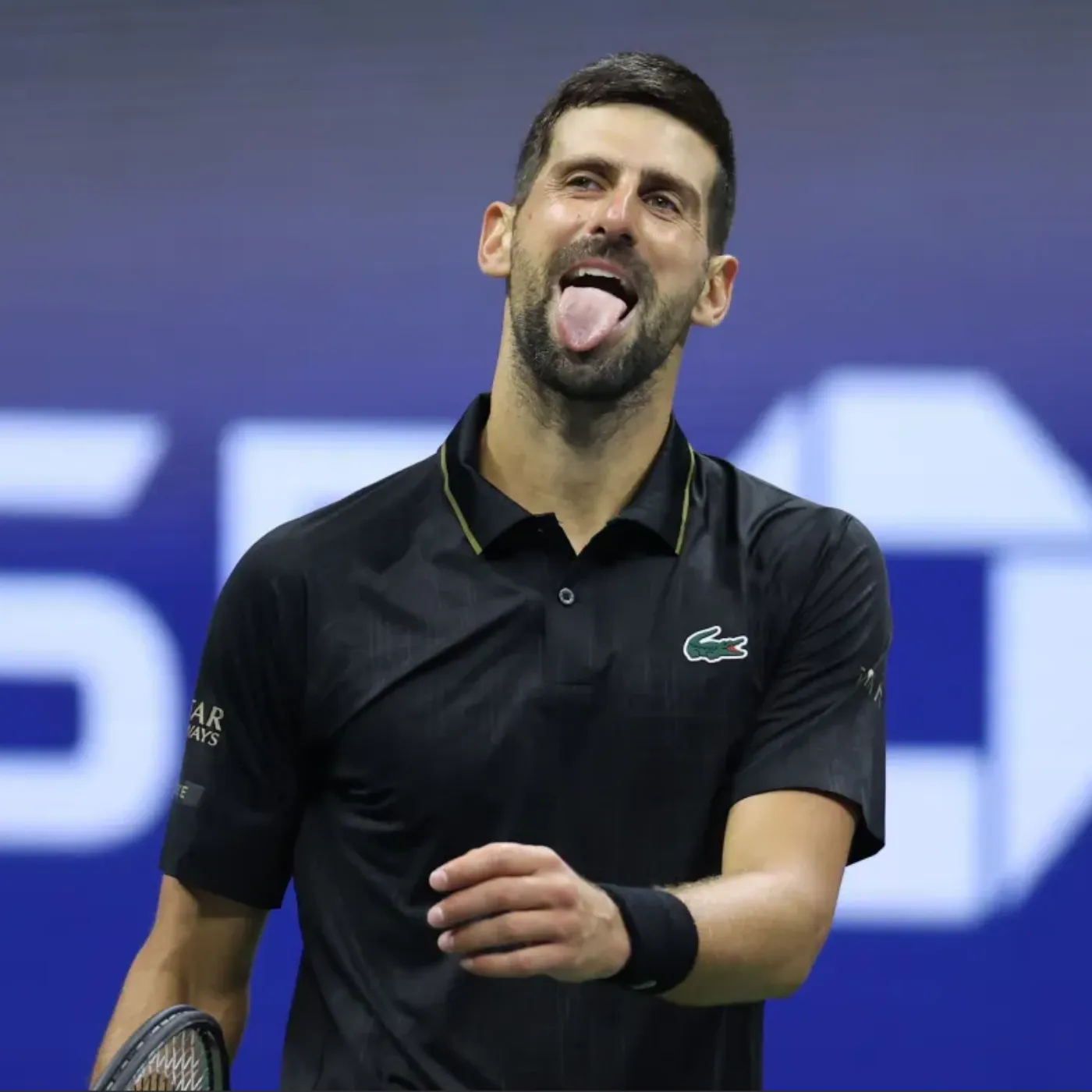
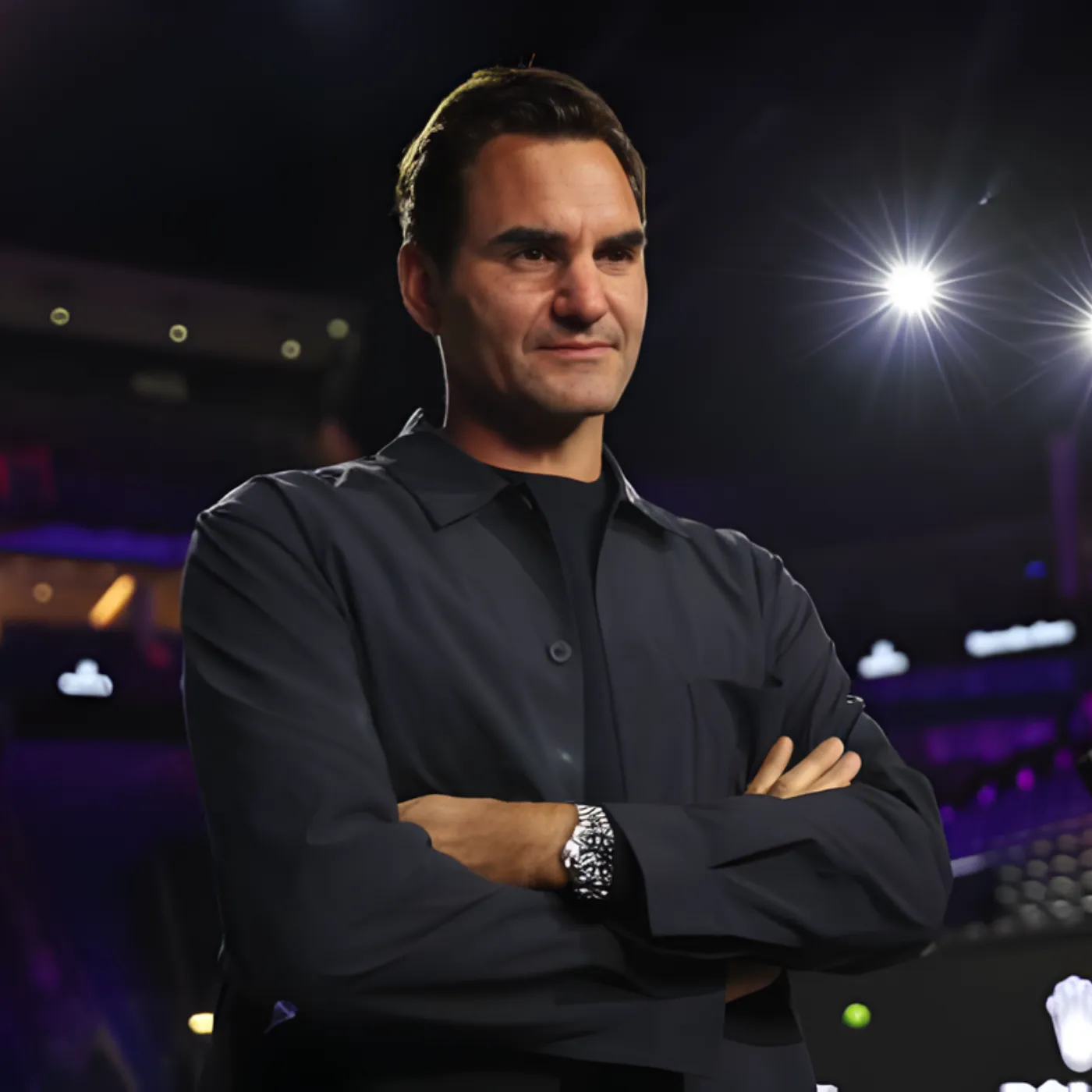
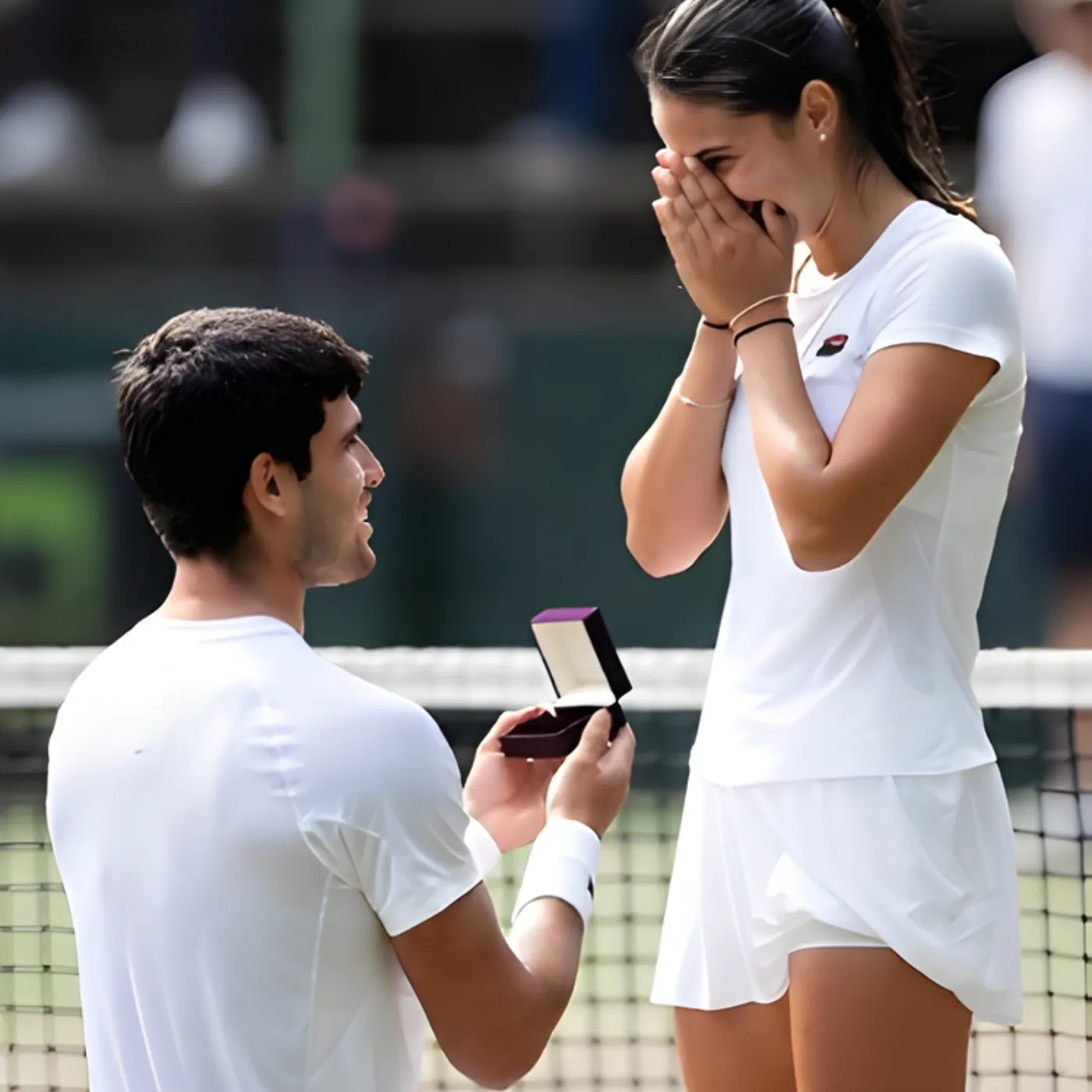








Post Comment